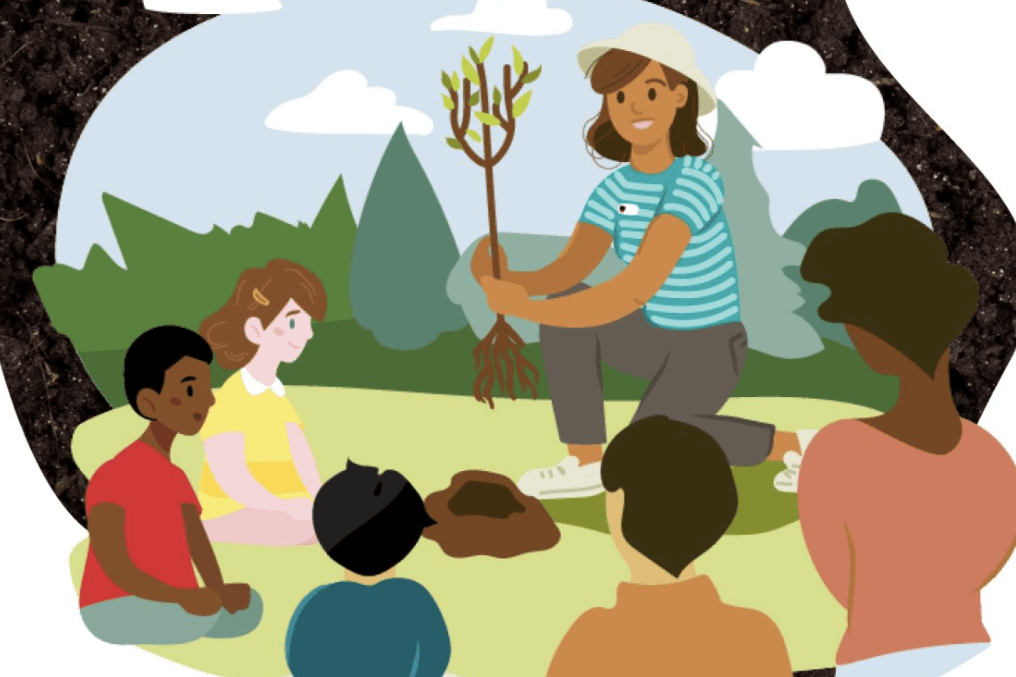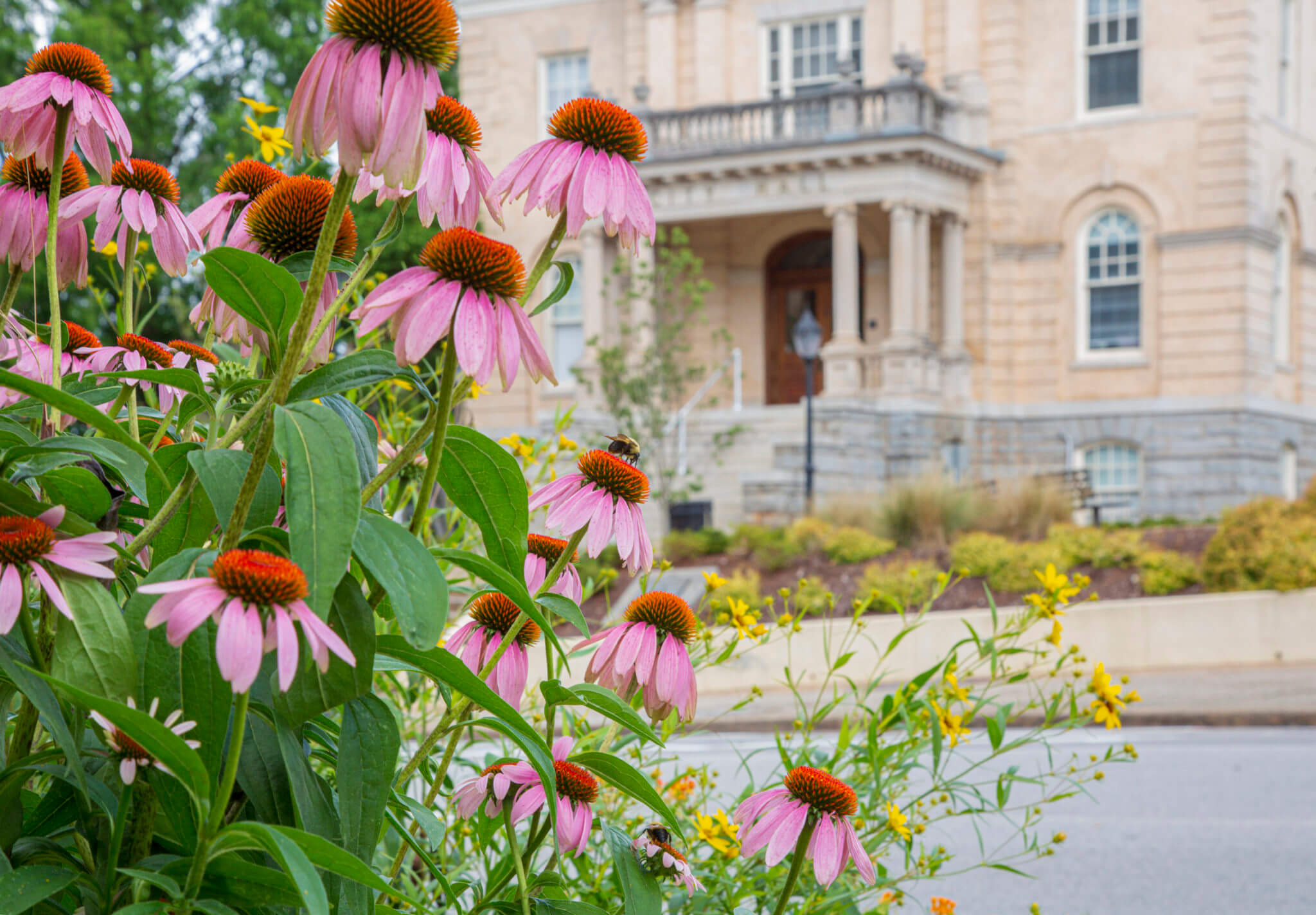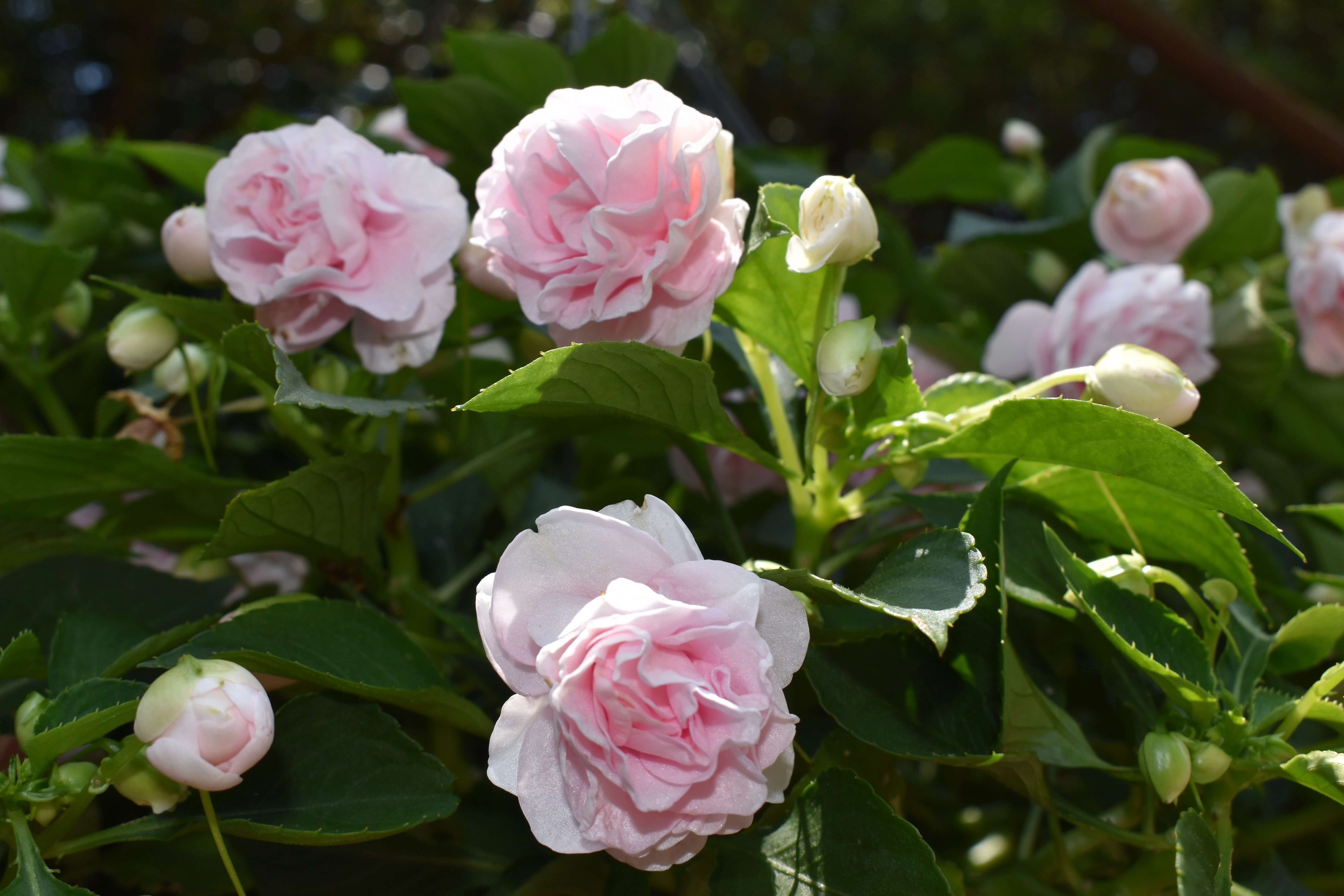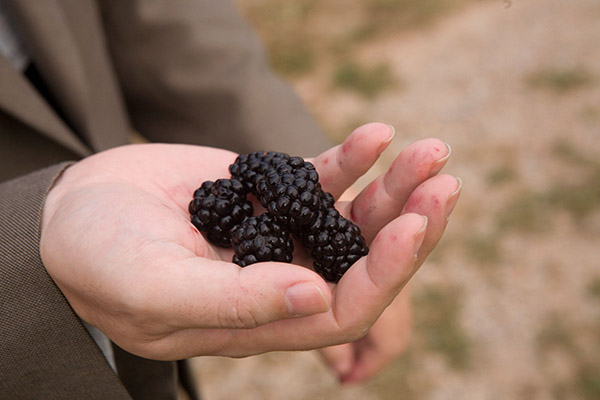Homeowners looking to add something new to their landscapes this spring should consider something edible. A University of Georgia small fruits expert suggests berries as a delicious and easy addition.
“Fruits are easy to grow if you put the right plant in the right place,” said Steve Brady, a Cobb County Cooperative Extension agent. “Planning [ahead] could yield fresh fruit in your home garden from March to October.”
Brady says to create a base map and consider soil, sun, space and water when planning to add edibles to your landscape.
“Sit down and think about easy-to-grow fruits,” he said. “What does your family like? What do you have space for?”
Blueberries, strawberries, blackberries, raspberries and figs all need full sun for peak production.
“Site selection is so important, because in the case of blueberries and figs, you’ve got decades of production,” he said. “You should plant them where they get the most sun and fit into your landscape, and always at least 3 to 4 feet from your house since they can get quite large.”
Blueberries
Blueberries need acidic soil. Most Georgia soils are slightly acidic. A pH level around 5 is recommended for blueberry production. Incorporate ground pine bark humus or sphagnum peat moss into the soil surrounding the plant at least 10 inches deep. One cubic foot of organic matter is recommended per plant.
Plants should be spaced 4 feet apart to create a hedge or screen, and 6 feet or more for individual bushes.
Add sulfur according to the planting instructions. If plants are already in the ground, gradually add the recommended amount over a period of time so the roots don’t burn.
A minimum of two varieties of blueberries need to be planted for good pollination and fruit set. Brady recommends using rabbiteye varieties such as Premier, Powderblue and Centurion.
“To lengthen the harvest season, plant early-, mid- and late-season varieties together,” he said.
Brady warns first-time planters not to expect a big crop the first year. Buying a plant that is three years old will yield fruit a little quicker.
“Blueberries need time to get established,” he said. “You should pick the blooms off the bush the first year to allow the plant to get better established and improve next year’s crop.”
A well-established bush can yield two gallons a season. Blueberries are harvested from June to August.
Strawberries
Strawberries are perennial in Georgia and will produce for two to five years in the same patch. They grow best in soils with a pH level around 6 to 6.5. Most people will need to add lime to amend the soil.
“Work the lime into the soil if you can do it pre-planting,” Brady said. “After the plants are in the ground, you can broadcast the full amount over the area if you didn’t [do it] ahead of time.”
If you’re planting strawberries this spring, pick the blooms off and look for berries next year. Strawberries produce from April through mid-May. Plants each produce nearly a quart of berries.
“Good, dependable, tried-and-true producers are Cardinal, Surecrop, Earliglow and Albritton varieties,” he said.
Figs
Figs can produce from late spring to early fall, with the most production from July to August. Celeste and Hardy Chicago varieties perform well across the state.
Figs can grow to be 5 to 15 feet tall and should be planted at least 15 feet apart. Figs can be planted individually, and one bush can produce enough for a family.
“If you purchase larger bushes, you could in theory get some figs this year,” Brady said. “If you get a one-gallon plant you may be looking at a year or so before you see any fruit.”
Blackberries and raspberries
Erect blackberry and raspberry varieties are easy for homeowners to grow. They can yield one or more quarts per plant.
Brady recommends blackberry varieties Navajo, Arapaho (thorn-less) and Kiowa (has thorns). For raspberries, Lathan produces a spring crop; Caroline, Red-wing and Heritage varieties produce in the fall.
If you can’t get fruit plants in the ground this spring, wait. “Fall is a great time to plant these fruits, too,” Brady said.



.png)



.jpg)